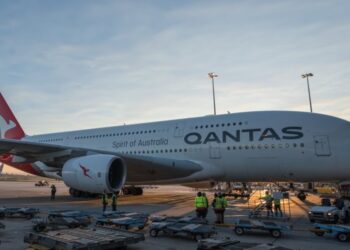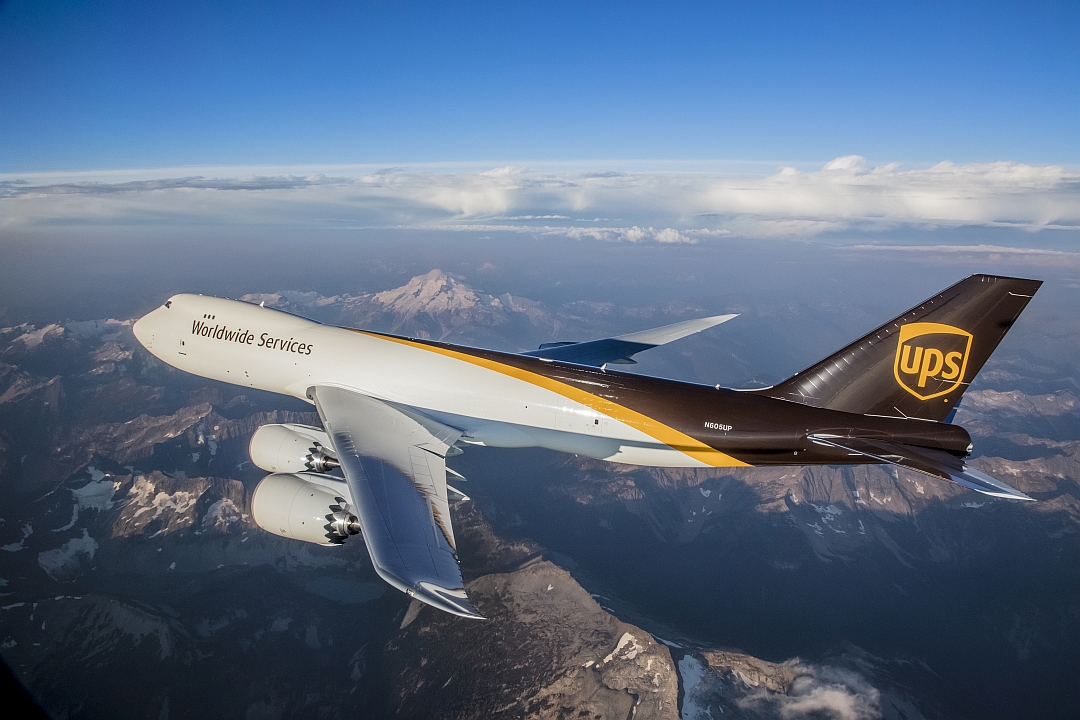No products in the cart.
Social Media Gives Cargo a Voice and a Face
![]() ORLANDO – Cargo doesn’t have a voice. That is what customs broker and moderator Scott Case said as he opened the session Monday on social media at CNS 2015. Case said social media is our digital footprint, and it’s important that our message on these platforms be understood as we want them to be.
ORLANDO – Cargo doesn’t have a voice. That is what customs broker and moderator Scott Case said as he opened the session Monday on social media at CNS 2015. Case said social media is our digital footprint, and it’s important that our message on these platforms be understood as we want them to be.
In a quick survey of the attendees, Facebook emerged as the most widely used social media platform for personal use, followed by Twitter. However, LinkedIn had been left out of the choices, which may have changed the results for professional use, where Facebook and Twitter once again came in first and second, respectively.
The three panelists each had their own message on the topic. Enno Osinga, the senior vice-president of cargo at Amsterdam-Schiphol airport, said “It’s time to wake up! Generation Y is here.” He said they are connected in one way or another 24-7, and that social media is not a fad, easily brushed aside.
“It’s a B2B world,” Osinga said. Trade publications are still needed, but how to reach the younger generation, is the question. Osinga said every person is only six humans away from anyone in the world via social media. It’s not possible to physically meet all of these people, however we can connect through the various channels of social media. He called it an “information tsunami.”
Social media can do wonders for your business, or quite the opposite. He used an example of a customer sitting for half an hour with no service at Schiphol. They post it on social media, and boom! That’s it. Bad publicity. He showed a video of a FedEx driver tossing a box over a fence that was caught by security cameras. It went viral. Boom! On the other hand, a video of a dog trained to find items left behind by KLM passengers went viral with 90 million people viewing it, enjoying the sweet, smart dog, fostering a very positive image for the carrier.
Osinga said at Schiphol they study who its buyers are and what they are concerned about. Then the content is shared based on the information obtained. The airport put together a short video that cost 6,000 euros to make, and then they posted it on YouTube. “We got massive amounts of information from it,” he said. “It was very cheap but very resourceful.”
Nonetheless, Osinga said to drive customer action and interaction it’s still necessary to meet new customers face-to-face. Brooks Thomas, communications advisor, social business team, for Southwest Airlines, agreed that cargo is about people connecting people. “It’s about the human connection, getting product from beginning to middle to end,” Thomas said.
Southwest relies heavily on a blog in addition to its website. He called it the anchor, or hub of their social media. He shared a great video of a hops farmer in Oregon’s Willamette Valley, and how they get the hops to the brewers in the belly of a Southwest aircraft, making sure the brewer receives only the freshest hops, because that is the role Southwest plays in the passion point of the product. “It’s about the product and knowing your people; empowering your people to do the right thing,” Thomas said.
He encouraged employers to digitally equip their people – all the way from a ramp handler to aircraft pilots. “What drives us is what excites us,” he said. “Get people engaged.” He said to be very deliberate and focused when it comes to your message on social media.
The final panelist, representing small businesses, was Kathy Rabil, CEO of Slice Works. She also relies on a blog as the hub of her social media efforts. She said her company uses the blog to market her brand. “Have a plan and a strategy when diving into social media,” she said. “And if you don’t know, ask a millennial. They love to show off!”
















